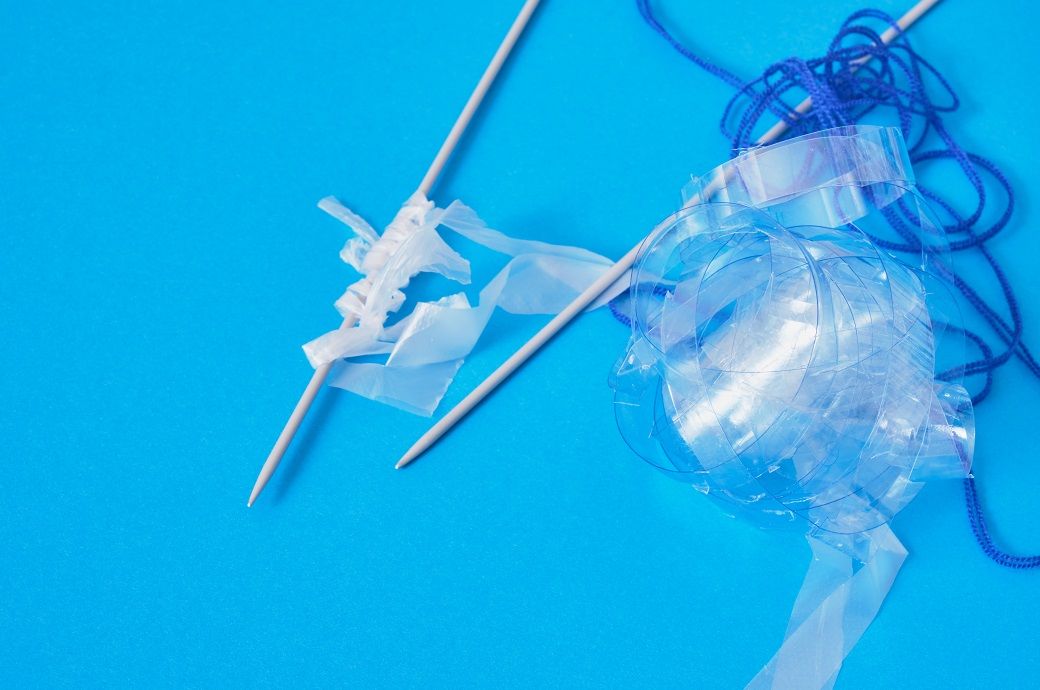Upcycling PET bottles to apparel vital for India's circular economy

Insights
- Upcycling PET bottles into apparel is ideal for reducing plastic waste and promoting India's circular economy, as per the CEO of leading packaged drinking water firm Bisleri International, Angelo George.
- This practice lowers carbon footprint and conserves resources, providing ecological benefits compared to traditional textile production methods.
The practice of upcycling PET bottles diminishes the amount of plastic waste that would otherwise accumulate in landfills and oceans as the bottles are transformed into high-value products. Moreover, upcycling offers ecological benefits by lowering the carbon footprint compared to traditional textile production, which typically consumes substantial energy, water, and raw materials, George said in an exclusive interview with Fibre2Fashion.
Speaking about the process followed to collect and process used PET bottles for recycling, George told F2F: “We advocate a 3-stage process: clean the used plastic, segregate it at the source, and send it directly for recycling. We also provide collection infrastructure to ensure used plastic reaches recyclers directly and does not end up in landfills. Bisleri’s ‘Bottles For Change’ programme is active in 7 cities, and we have managed to reach over 600,000 people so far.
“Once collected, PET waste is sorted, cleaned, and treated to remove other materials like caps, rings, or labels. The bottles are washed using a combination of hot and cold water and then processed through a PET treatment plant specially designed for recycling. Any irregular lumps or blocks of materials are crushed to produce flakes, which are then dried, mixed with pigments, extruded, and spun into filaments. These filaments are then cooled, collected, stretched, crimped, heat-treated, and cut into desired lengths depending on the final product. For example, for an apparel, the fibres are spun into yarn, wound onto bobbins, and woven into the fabric. It is then finished and dyed if necessary. Finally, the material is stitched to create various merchandise such as T-shirts and backpacks.”
Fibre2Fashion News Desk (DP)
































-Ltd..jpg?tr=w-120,h-60,c-at_max,cm-pad_resize,bg-ffffff)





.jpg?tr=w-120,h-60,c-at_max,cm-pad_resize,bg-ffffff)
.jpg?tr=w-120,h-60,c-at_max,cm-pad_resize,bg-ffffff)






